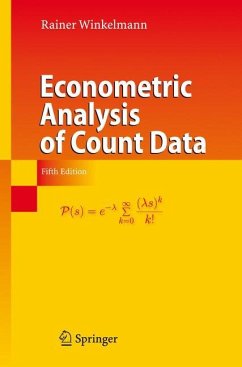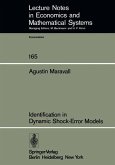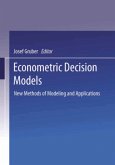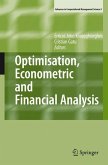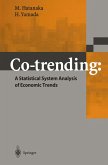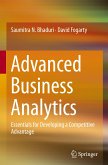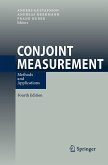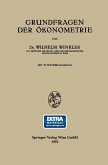The book provides an up-to-date survey of statistical and econometric techniques for the analysis of count data, with a focus on conditional distribution models. The book starts with a presentation of the benchmark Poisson regression model. Alternative models address unobserved heterogeneity, state dependence, selectivity, endogeneity, underreporting, and clustered sampling. Testing and estimation is discussed. Finally, applications are reviewed in various fields.
The "count data" ?eld has further ?ourished since the previous edition of this book was published in 2003. The development of new methods has not slowed down by any means, and the application of existing ones in applied work has expanded in many areas of social science research. This, in itself, would be reason enough for updating the material in this book, to ensure that it continues to provide a fair representation of the current state of research. In addition, however, I have seized the opportunity to undertake some major changes to the organization of the book itself. The core material on cross-section models for count data is now presented in four chapters, rather than in two as previously. The ?rst of these four chapters introduces the Poissonregressionmodel,anditsestimationbymaximumlikelihoodorpseudo maximum likelihood. The second focuses on unobserved heterogeneity, the third on endogeneity and non-random sample selection. The fourth chapter provides an extended and uni?ed discussion of zeros in count data models. This topic deserves, in my view, special emphasis, as it relates to aspects of modeling and estimation that are speci?c to counts, as opposed to general exponential regression models for non-negative dependent variables. Count distributions put positive probability mass on single o- comes, and thus o?er a richer set of interesting inferences.
Hinweis: Dieser Artikel kann nur an eine deutsche Lieferadresse ausgeliefert werden.
The "count data" ?eld has further ?ourished since the previous edition of this book was published in 2003. The development of new methods has not slowed down by any means, and the application of existing ones in applied work has expanded in many areas of social science research. This, in itself, would be reason enough for updating the material in this book, to ensure that it continues to provide a fair representation of the current state of research. In addition, however, I have seized the opportunity to undertake some major changes to the organization of the book itself. The core material on cross-section models for count data is now presented in four chapters, rather than in two as previously. The ?rst of these four chapters introduces the Poissonregressionmodel,anditsestimationbymaximumlikelihoodorpseudo maximum likelihood. The second focuses on unobserved heterogeneity, the third on endogeneity and non-random sample selection. The fourth chapter provides an extended and uni?ed discussion of zeros in count data models. This topic deserves, in my view, special emphasis, as it relates to aspects of modeling and estimation that are speci?c to counts, as opposed to general exponential regression models for non-negative dependent variables. Count distributions put positive probability mass on single o- comes, and thus o?er a richer set of interesting inferences.
Hinweis: Dieser Artikel kann nur an eine deutsche Lieferadresse ausgeliefert werden.
From the reviews: JOURNAL OF THE AMERICAN STATISTICAL ASSOCIATION "Winkleman has published numerous articles on using content models in economics and other social science journals. Because these are both applied and theoretical, he is well suited to write a monograph in this area. This book provides a very useful survey for anyone doing serious research using count data...for those who are doing substantive research using count data, [this book] will prove quite useful." From the reviews of the fourth edition: "The main objective of the book is to introduce count models at a graduate level so that these models can be used by students, researchers or interested practitioners. ... For all researchers who are concerned with count data the book offers a very good introduction into this field of research and many examples and interpretations of the results. Therefore, the book provides an excellent starting point for working in this area of applied research." (Herbert S. Buscher, Zentralblatt MATH, Vol. 1032 (7), 2004)

